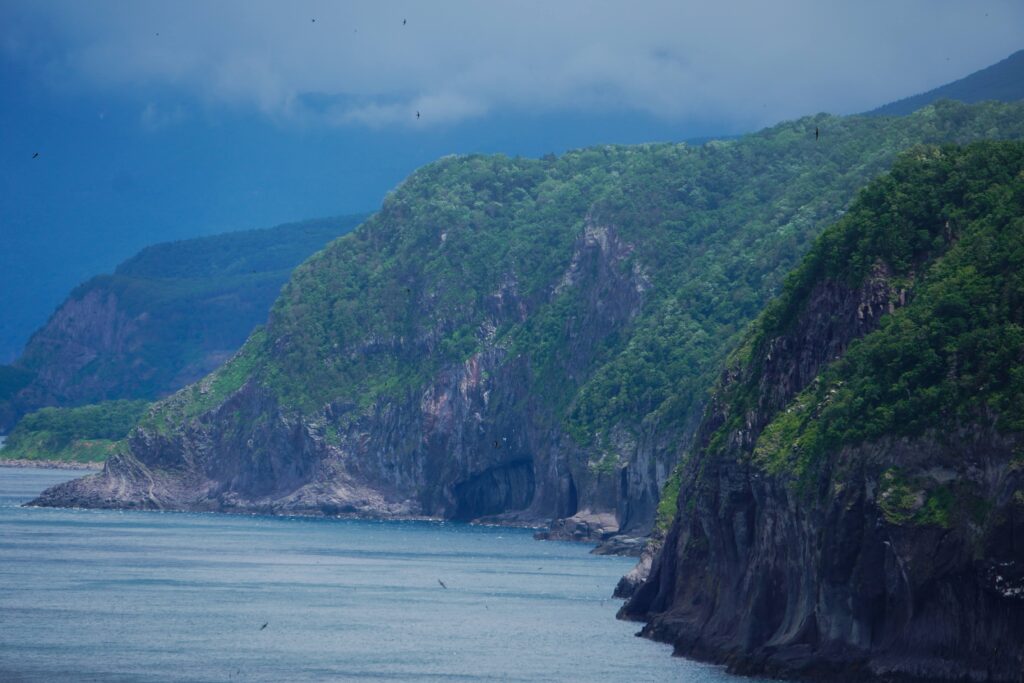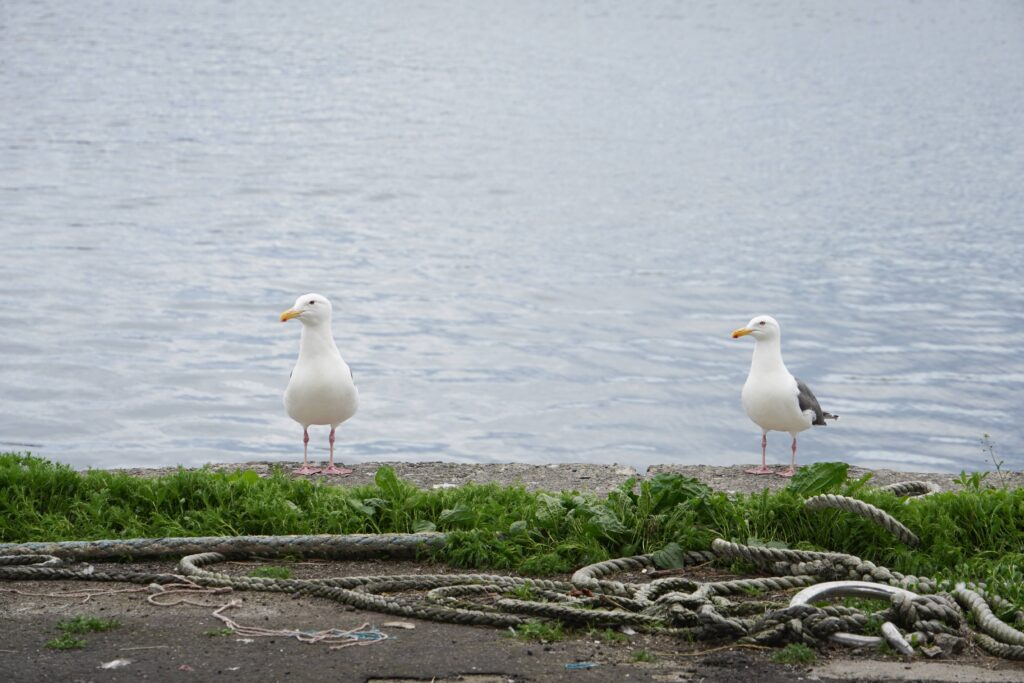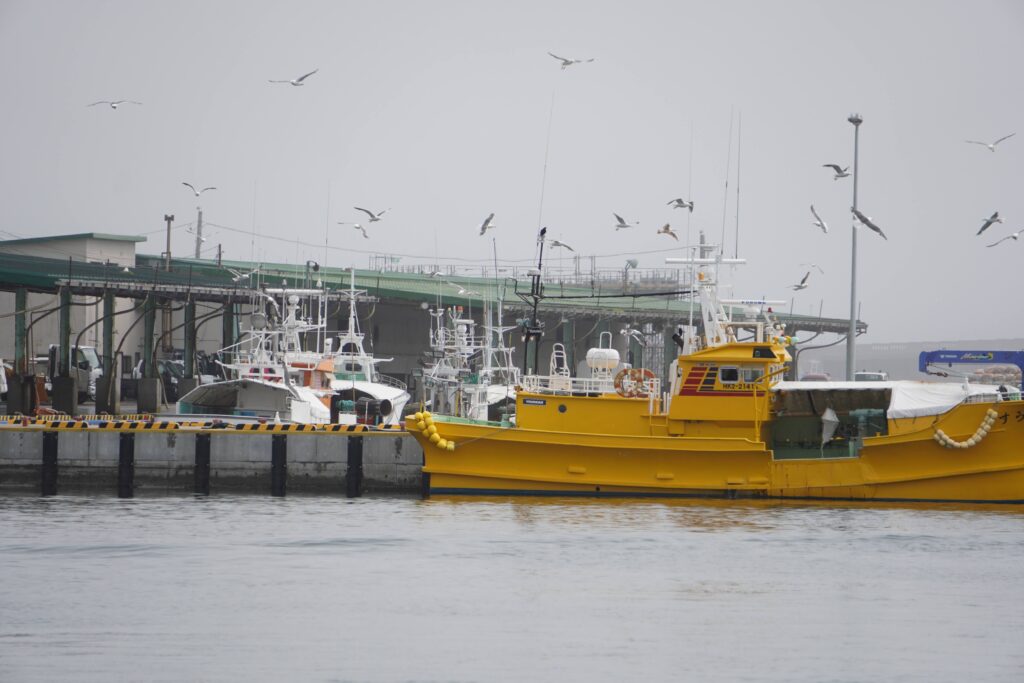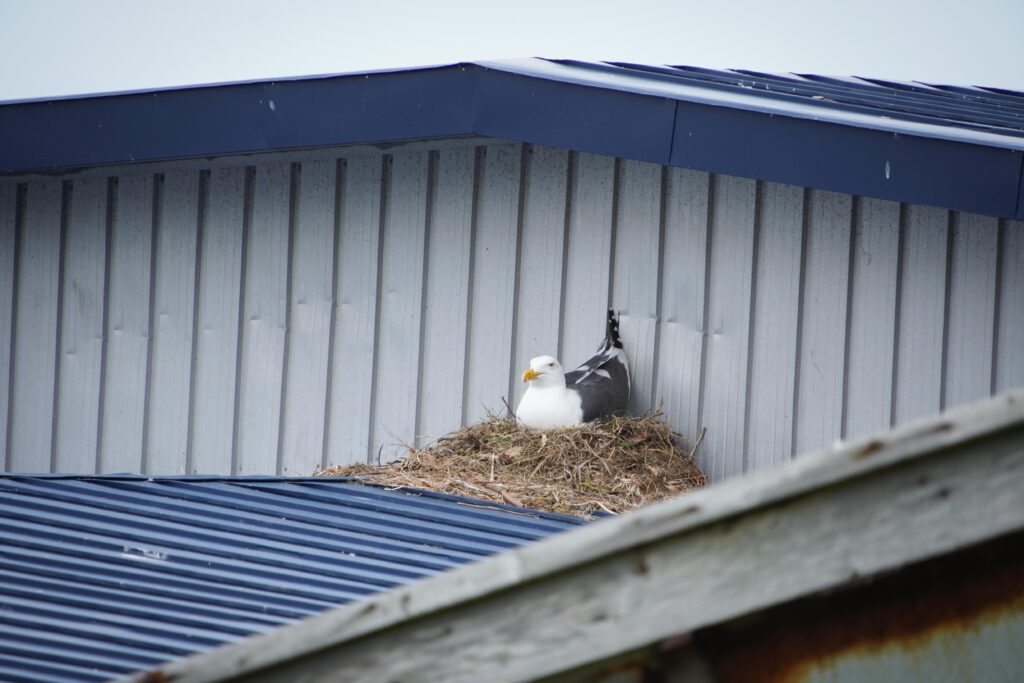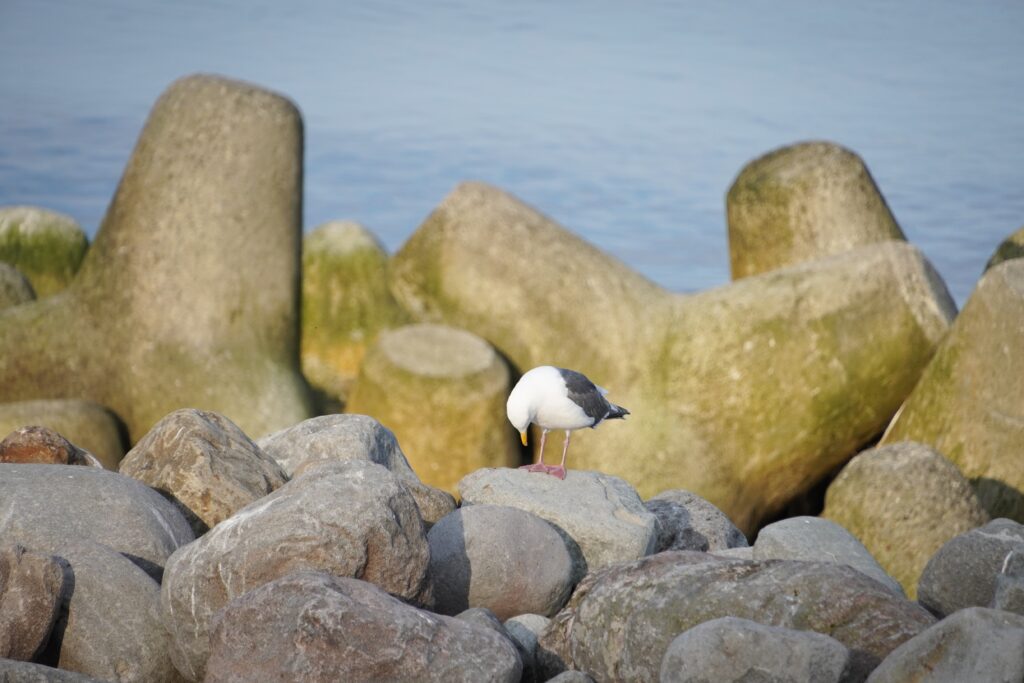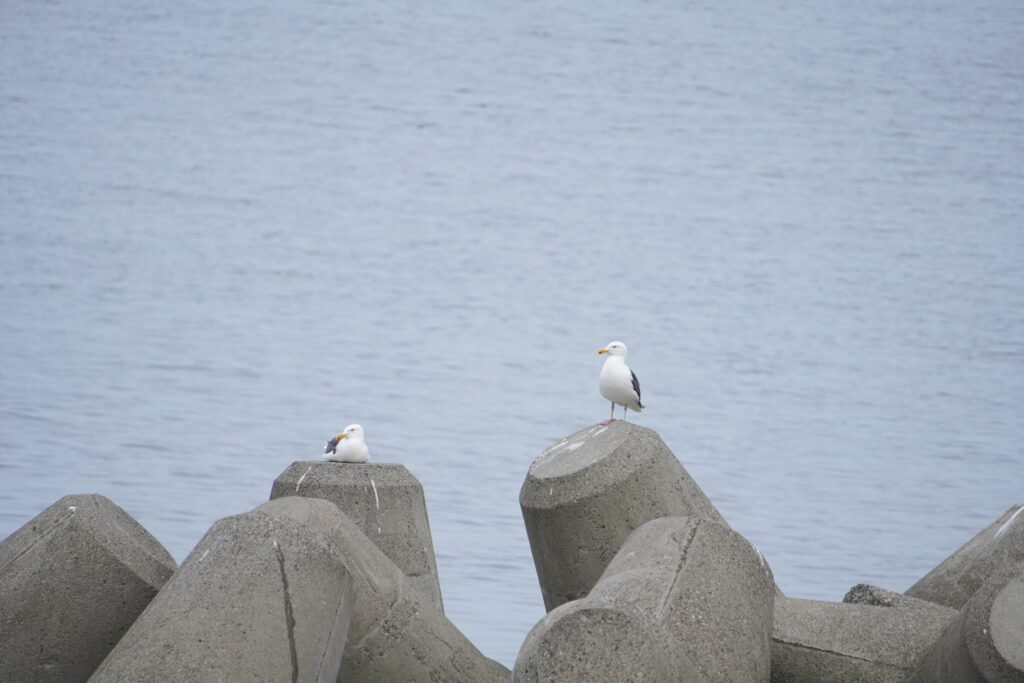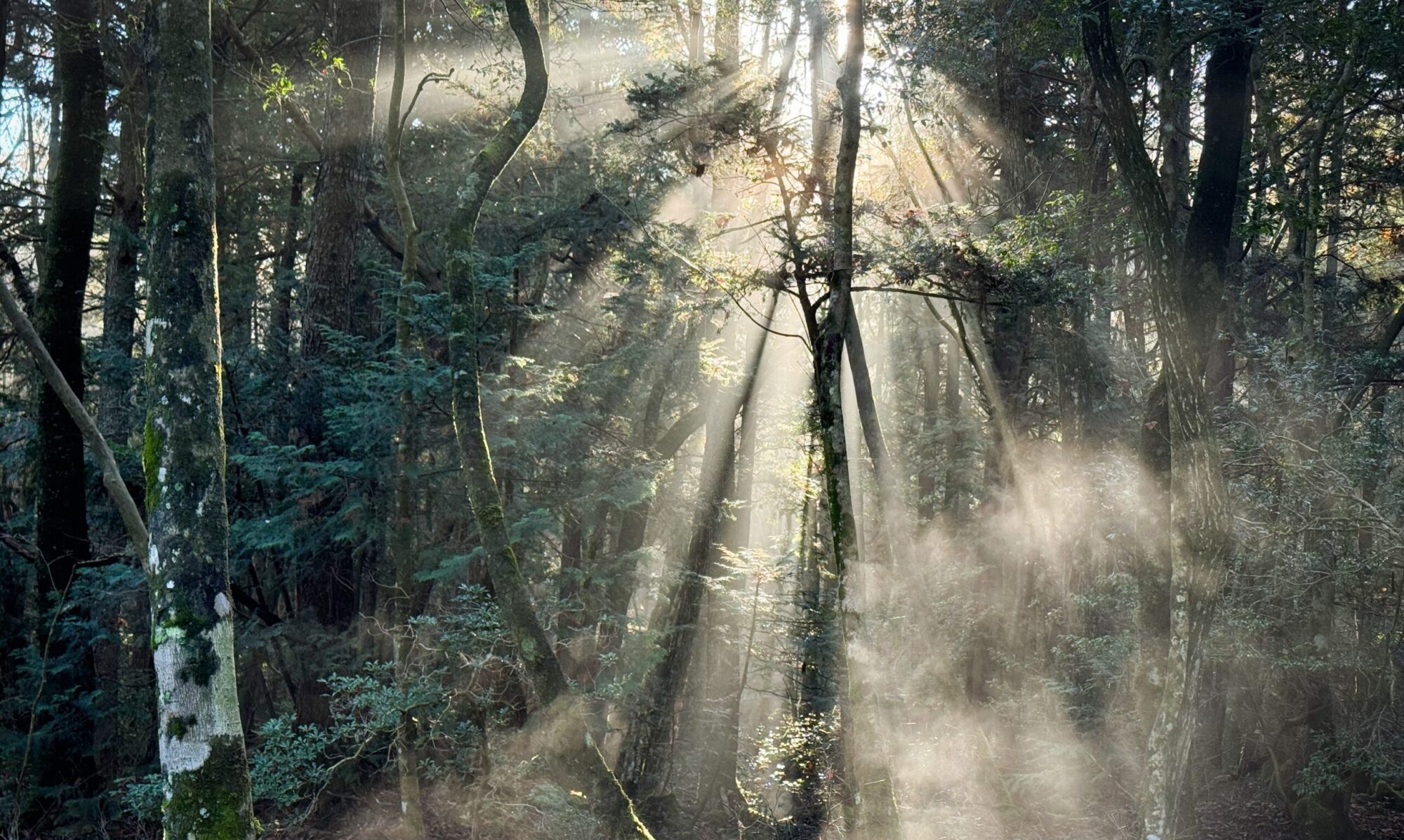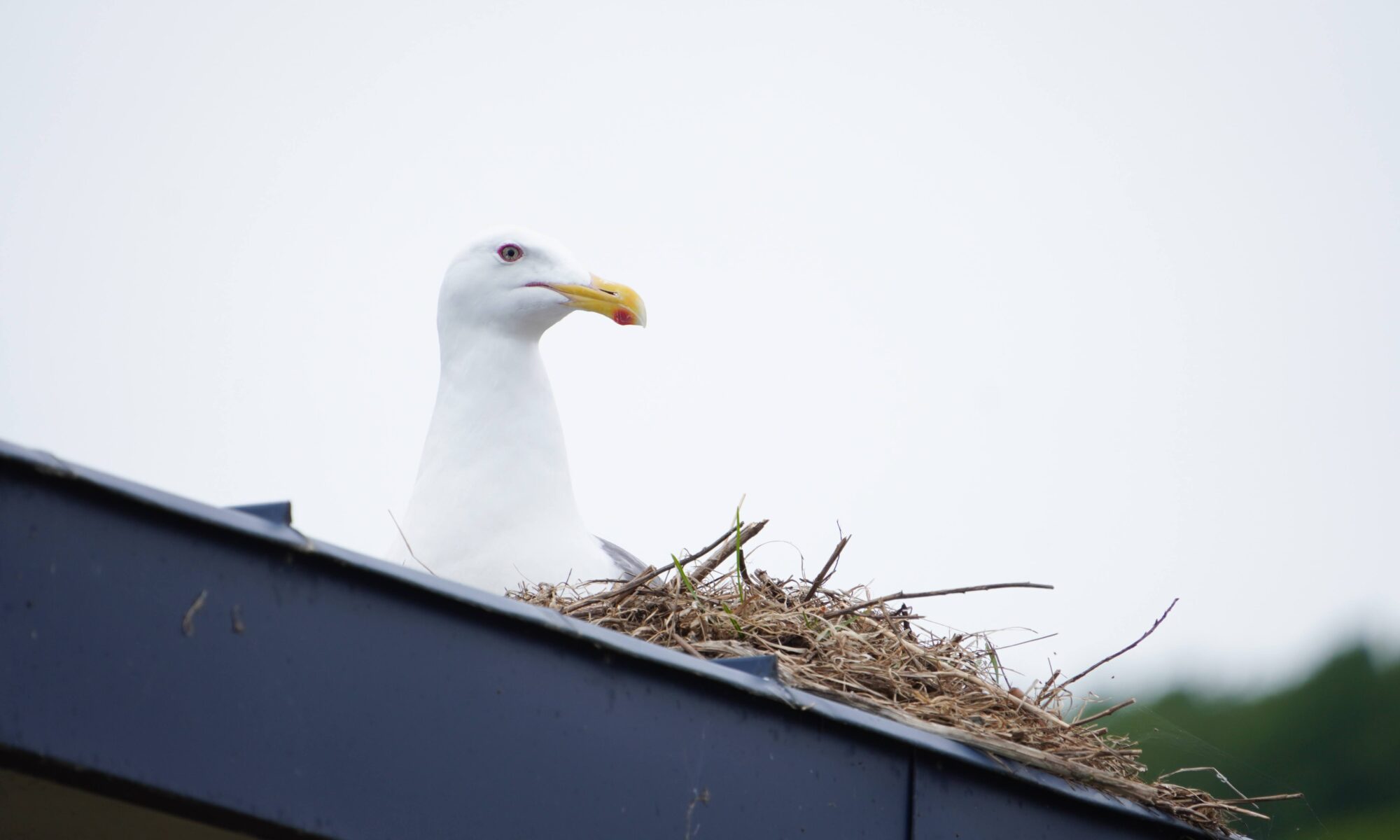Encounters in Shiretoko and Notsuke Peninsula
Recently, I visited Shiretoko and Notsuke Peninsula in Hokkaido. While this isn’t about the Mt. Fuji area, these places are truly special, and I want to share what I experienced there little by little.
On this trip, I was lucky enough to see a wide variety of wildlife, including Brown Bears, Orcas, Steller’s Sea Eagles, Red Foxes, Ezo Deer, Northern Fulmars, and Slaty-backed Gulls, among many others. As well as the animals, I also saw breathtaking landscapes and unique trees and wildflowers native to Japan’s northern reaches.
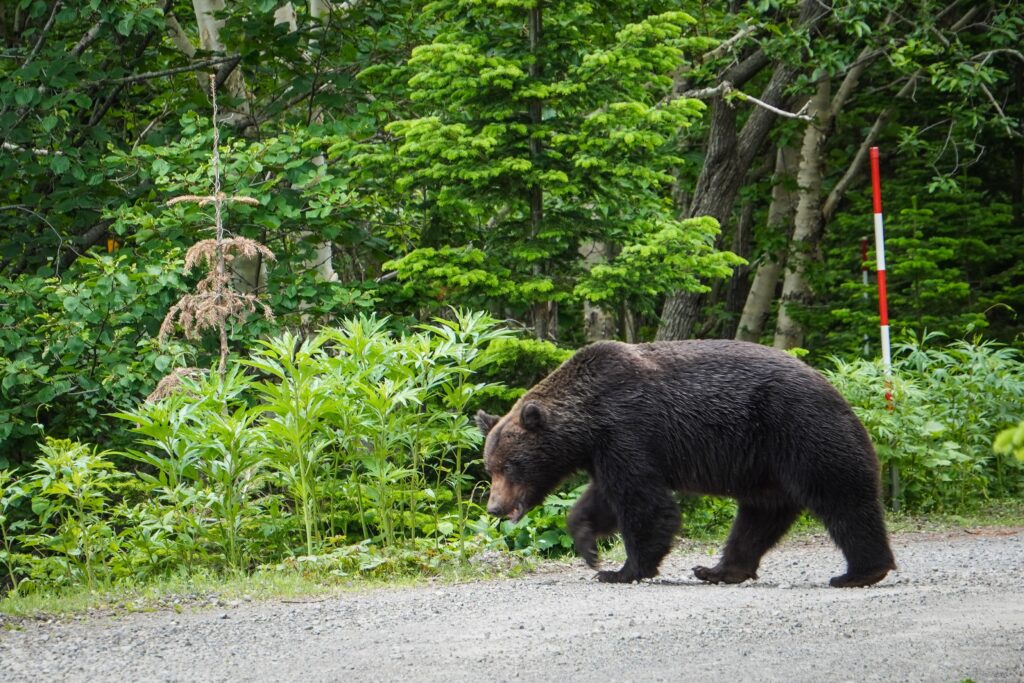
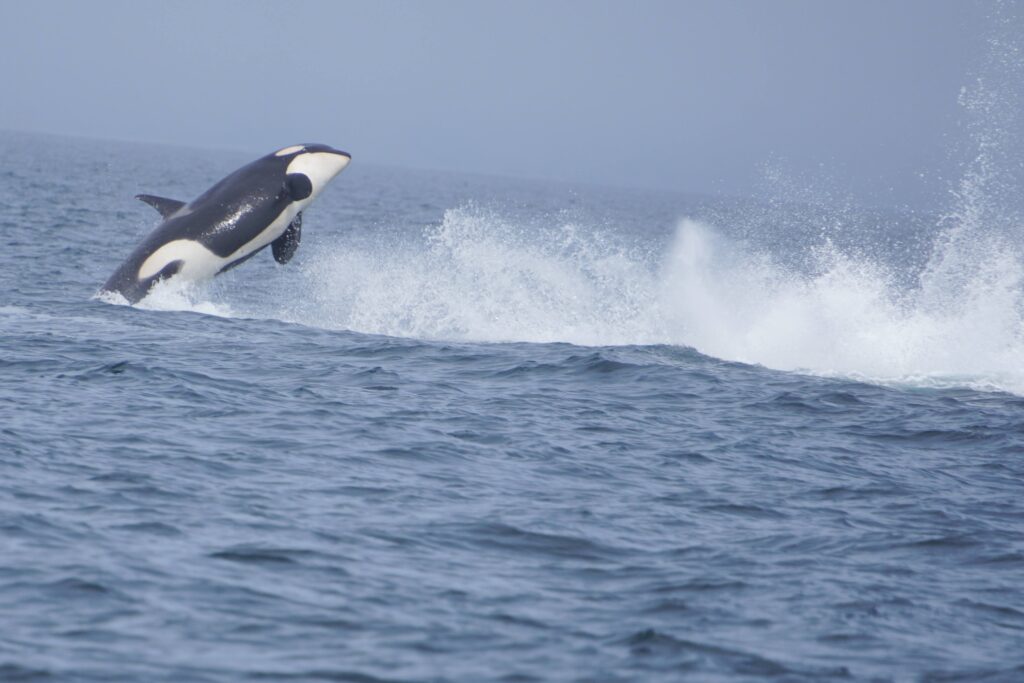
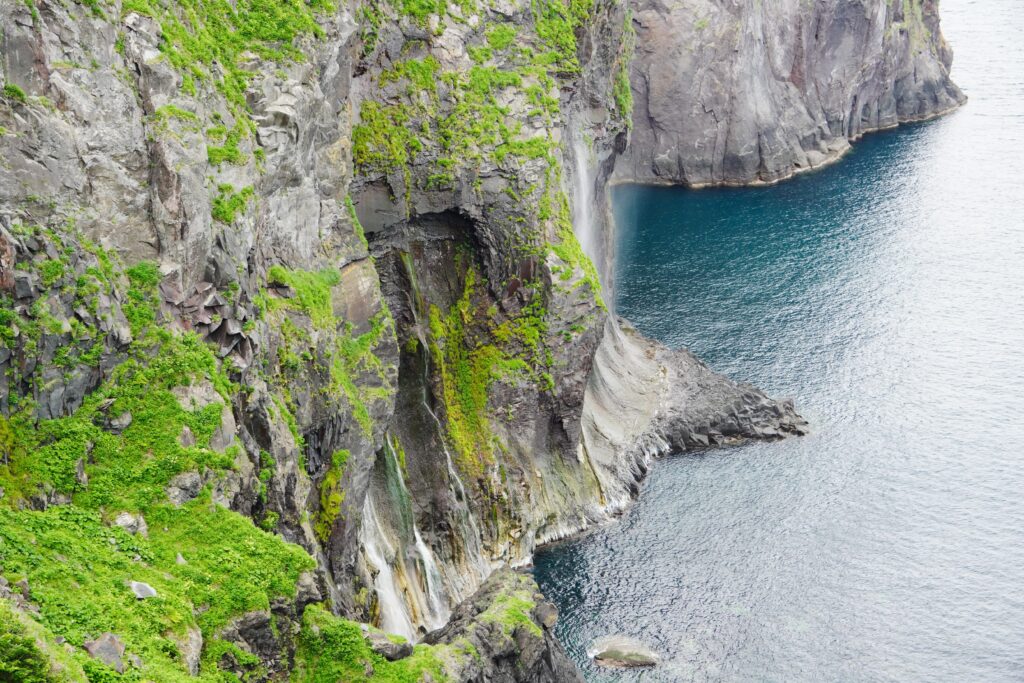
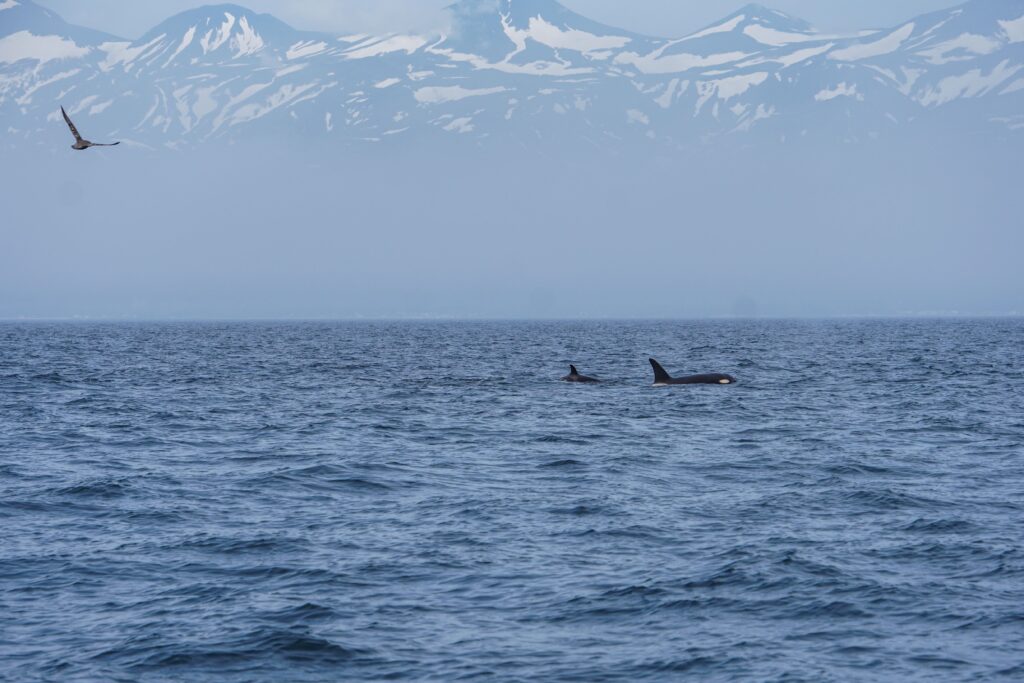
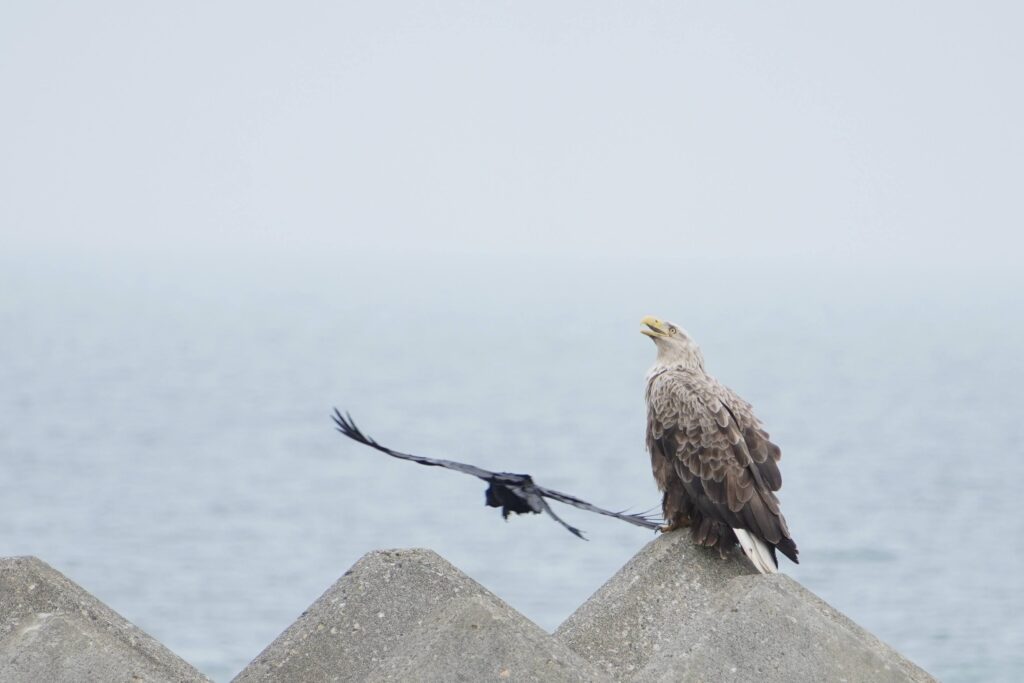
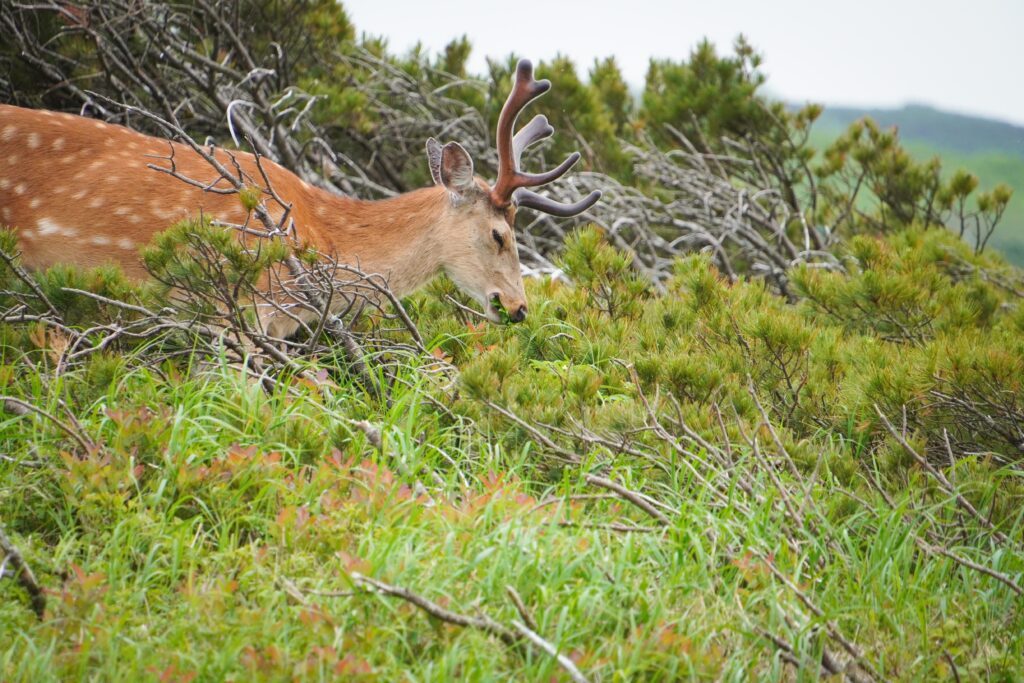
The Slaty-backed Gulls
Let’s start with the Slaty-backed Gulls that were ubiquitous in places like Utoro and Rausu. I’m still not entirely sure how to distinguish them from European Herring Gulls, but I believe these were Slaty-backed Gulls. They were present almost everywhere along the coast, nesting on cliffs. Occasionally, some even build nests under the eaves of houses. Some cliffs were whitened by their droppings.
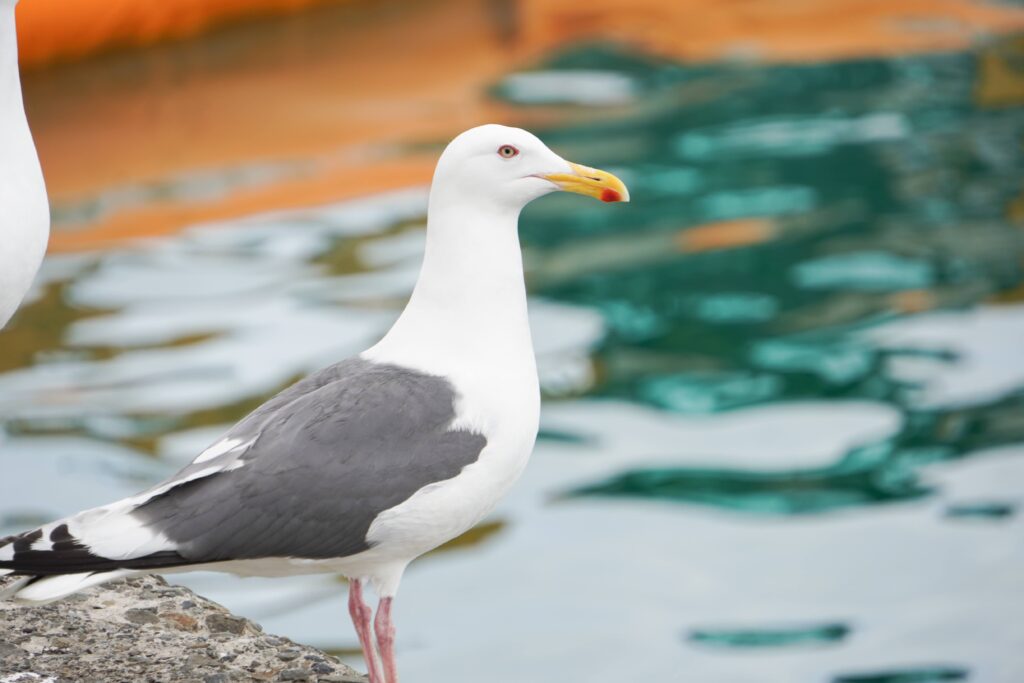
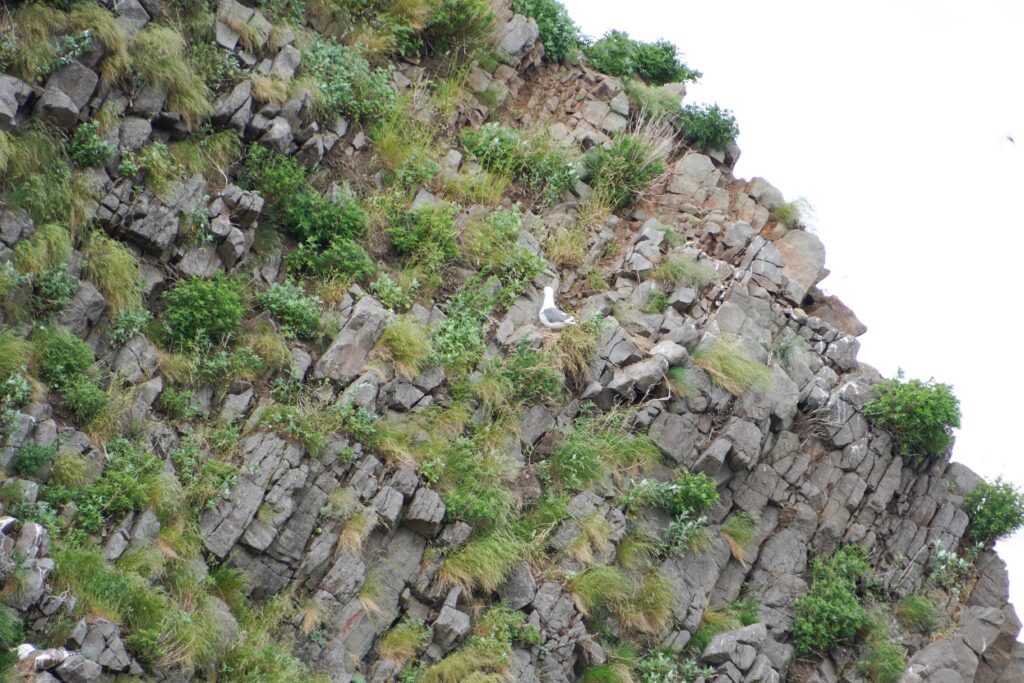
While taking photos, I noticed something interesting: a red spot on the underside of their beaks. At first, I thought something might be stuck there, but then I realized every individual had it. This intrigued me, so I looked it up.
This red spot, it turns out, is only found on adult gulls. When the chicks beg for food, they peck at this red spot. This action then triggers the parent bird to regurgitate partially digested fish for them. I found this very interesting.
As humans, and perhaps all mammals, we tend to parent not just by instinct (maternal/paternal) but are also significantly driven by “emotion.” I had always taken this for granted, assuming all living creatures raised their young this way.
However, a closer look reveals that many creatures, especially insects, lay their eggs and offer no parental care at all. The fact that Slaty-backed Gulls (and apparently Herring Gulls too) provide food through a physical reflex or reaction gave me a new perspective. Perhaps it’s like breastfeeding in mammals – a suckling action triggers milk release.
It`s amazing to see how each species has evolved its own unique strategies for survival and raising the next generation.
